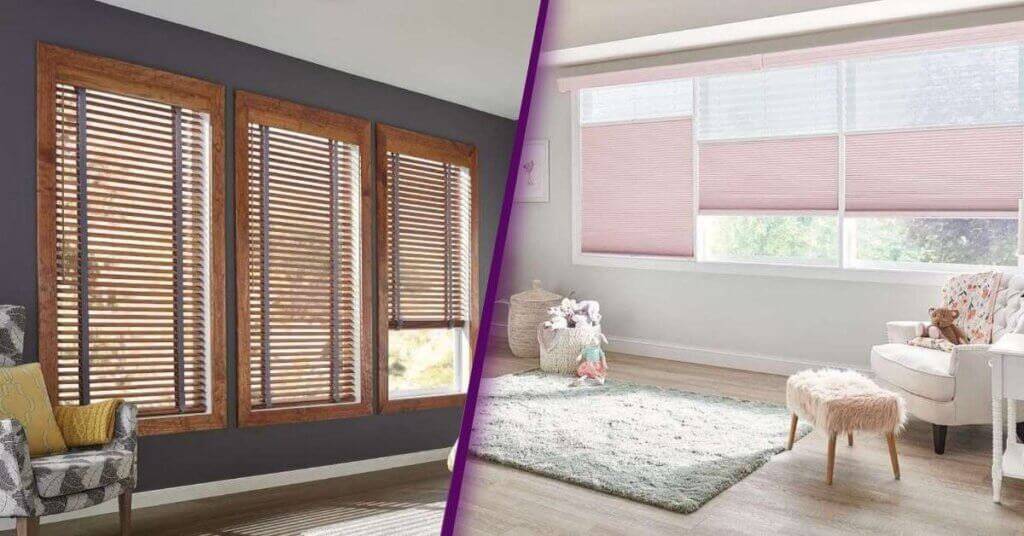Choosing new window coverings can feel like redesigning your home one pane at a time. The two most familiar options—blinds and shades—share a showroom, but they solve very different needs for light control, privacy, energy efficiency, and style. Below, you’ll find a clear-eyed comparison that helps St. Louis homeowners weigh materials, costs, and room type so you can decide which option fits your life best.
Blinds 101: Slats That Flex With Your Day
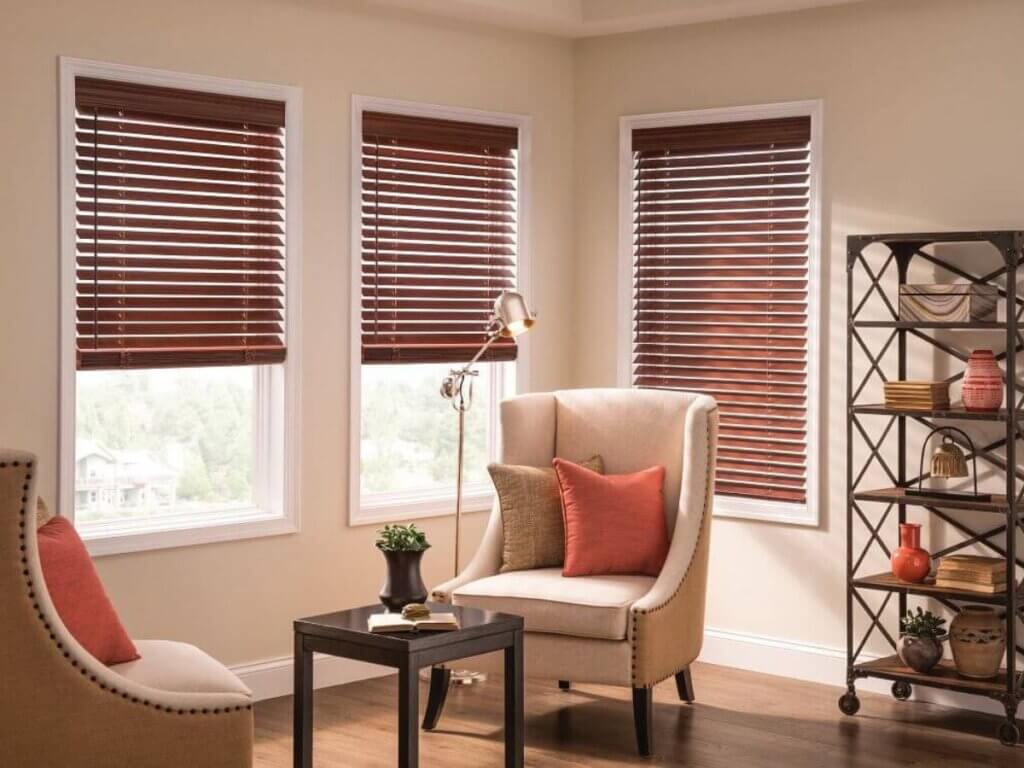
How they work
Blinds are rigid panels (slats) made from wood, faux wood, aluminum, or vinyl. Tilt the slats to filter natural light or close them for full sun-blocking and privacy. Options include:
- Horizontal blinds for standard windows
- Vertical blinds that glide across sliding doors and wide openings
- Cordless or motorized systems for a clean, child-safe look
Best for kitchens, bathrooms, and offices where quick adjustments and durability matter.
Shades 101: Fabric That Softens & Insulates
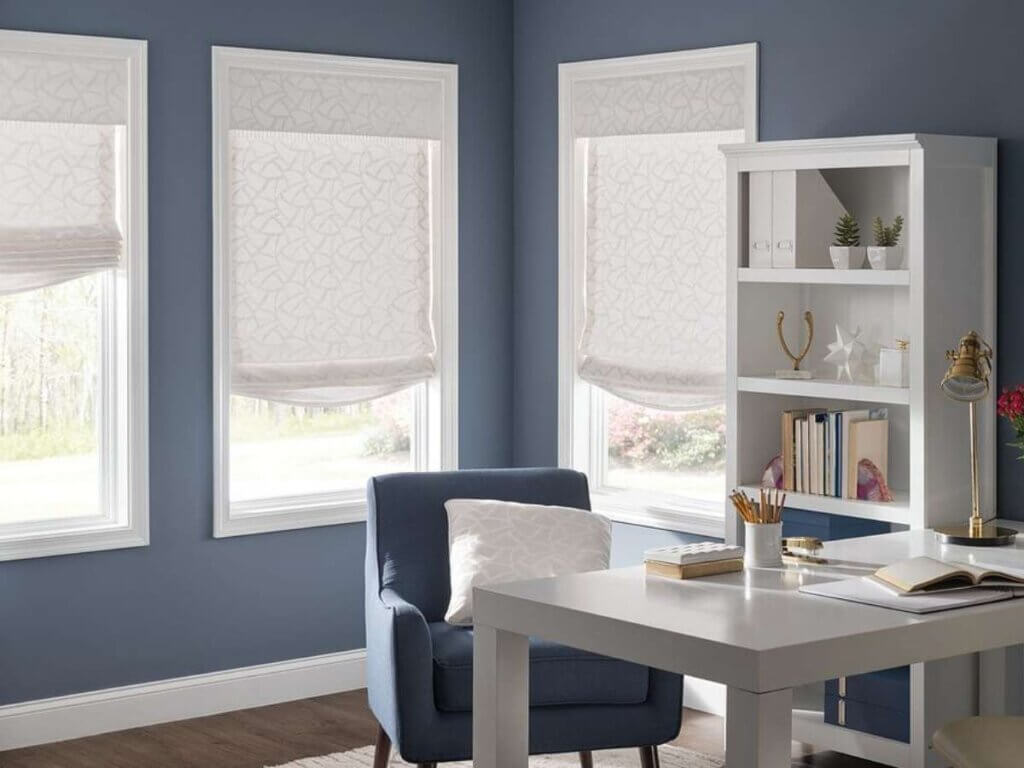
How they work
Shades consist of continuous fabric that raises and lowers in a single panel. Light control relies on fabric opacity rather than slat angle. Popular styles include:
- Roller shades for minimal lines and easy cleaning
- Roman shades that fold into elegant pleats
- Cellular shades with honeycomb pockets that boost insulation and reduce heat gain
- Motorized lifts that integrate with smart-home systems
Best for bedrooms, living rooms, and media spaces where softness and energy savings are priorities.
Blinds vs. Shades Comparison
|
Feature |
Blinds |
Shades |
|
Light Control |
Precise tilting; excellent glare reduction |
Filtered or blackout fabrics; no tilt option |
|
Privacy |
Adjustable without losing view |
Full privacy when lowered |
|
Energy Efficiency |
Limited (some heat reflection) |
High with cellular shades; added insulation |
|
Style Range |
Structured, architectural lines |
Smooth, fabric-forward aesthetic |
|
Cleaning & Maintenance |
Dusting each slat; occasional deep clean |
Vacuum brush or spot clean; fabrics resist dust |
|
Cost |
Wide span—vinyl to premium wood |
Fabric choice drives price; energy savings offset cost |
|
Durability |
High in humidity-tolerant materials |
Good, though fabric may fade over decades |
|
Installation |
Straightforward bracket mount |
Similar, but large Romans may need two installers |
How to Match Window Treatments to Room Type
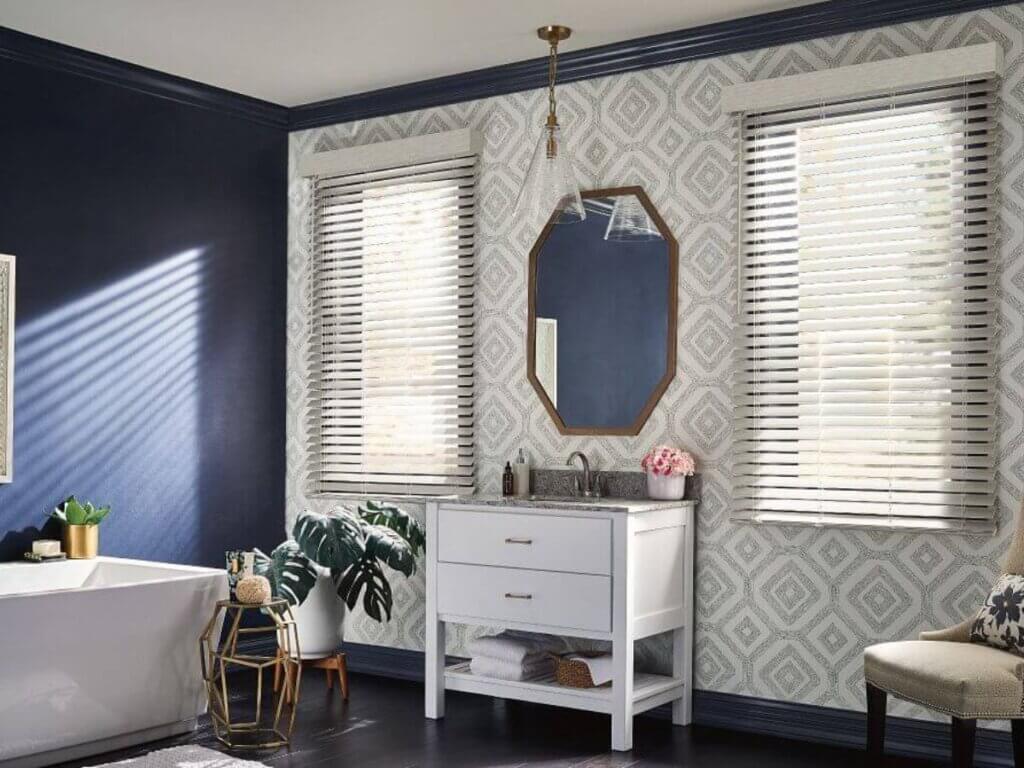
Kitchen & Bath
- Faux wood blinds shrug off steam and splashes.
- Smooth slats simplify cleaning after cooking sessions.

Living & Dining Areas
- Roman shades lend tailored texture without heavy drapery.
- Combine with side panels for layered home decor impact.
Bedrooms & Nurseries
- Cordless cellular shades darken the room, muffle street noise, and keep AC bills in check.
- Add motorization for quiet naptime adjustments.
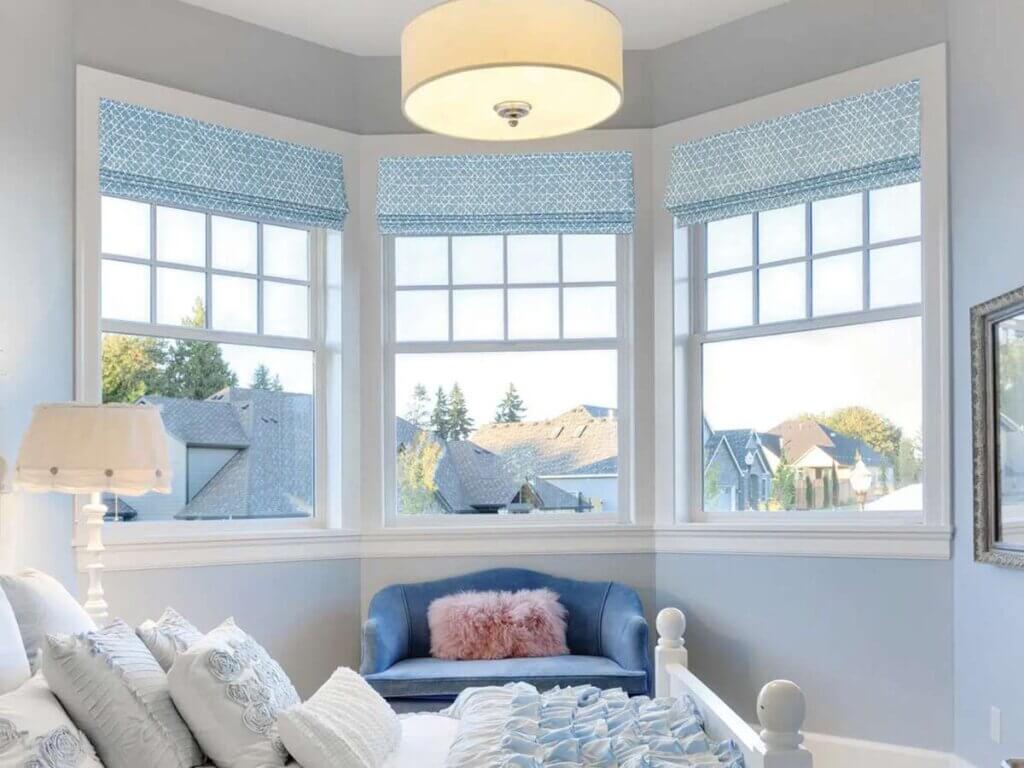
Home Offices
- Horizontal blinds fight screen glare at midday.
- Pair with a roller shade behind for two-layer, 24-hour flexibility.
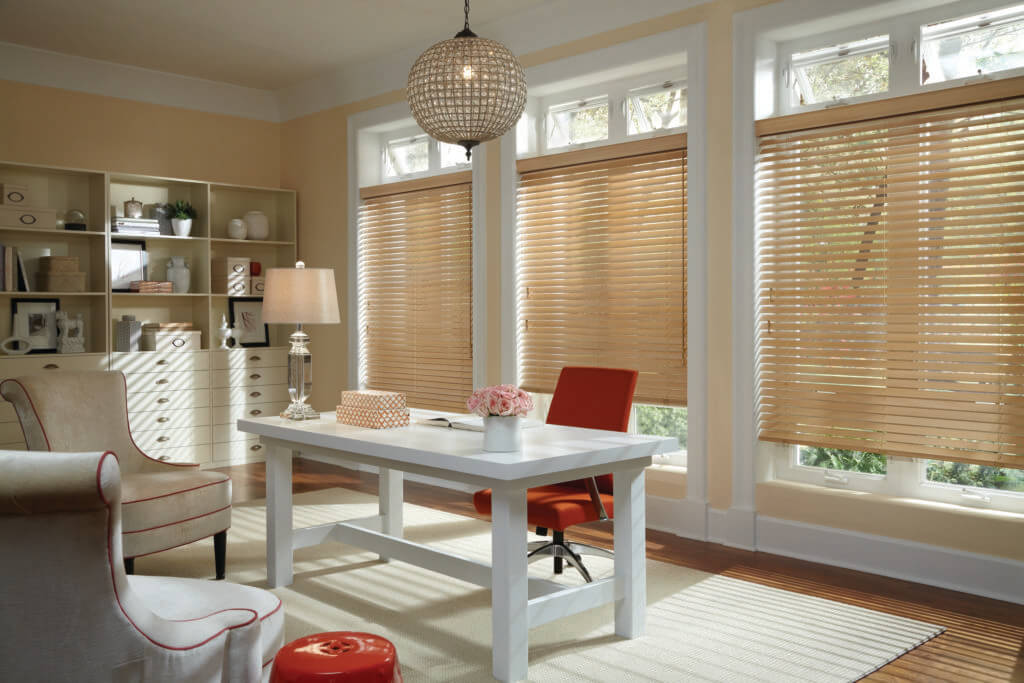
Key Factors to Consider
Light Control & UV Protection
If you need minute-by-minute finesse—think west-facing family rooms—blinds win. For homes dealing with harsh summer sun, shades (especially cellular) block UV rays and reduce heat transfer.
Energy Efficiency & Insulation
Missouri’s hot, humid summers and icy winters mean insulation matters. Cellular shades trap air in their honeycombs, lowering HVAC demand year-round.
Style & Aesthetic
Blinds supply crisp architectural lines; shades soften angles and introduce pattern. Your broader home decor theme—modern, traditional, eclectic—often tips the scale.
Cost & Long-Term Value
Entry-level vinyl blinds cost less upfront, yet well-made shades can cut monthly energy spend. Calculate both the purchase price and the lifetime savings.
Maintenance
Dust-averse? Fabric shades collect less grime than slatted blinds but may require occasional vacuuming. In kitchens, wipe-clean blinds stay fresher.
Key Takeaways
- Blinds vs. shades comes down to precision tilt (blinds) versus fabric elegance and insulation (shades).
- For glare-prone rooms, adjustable slats reign; for drafty windows, cellular shades seal the deal.
- Materials—wood, faux wood, aluminum, fabric weaves—affect durability, cleaning ease, and cost.
- Motorized or cordless lifts boost safety and convenience in every style.
- Mixing solutions across different spaces often delivers the best total-home performance.
Frequently Asked Questions about Blinds and Shades
Can I combine blinds and shades on the same window?
Yes. Many homeowners layer a light-filtering roller shade behind decorative drapery or mount slim blinds inside the frame with a Roman valance on top. This pairing allows daytime view-through and nighttime privacy without sacrificing style.
Do vertical blinds still work in modern interiors?
Absolutely. Today’s verticals feature sleek vinyl vanes, woven fabrics, and even motorized tracks. When matched to wall color and hardware, they complement contemporary lofts and polished traditional spaces alike, especially over patio doors.
Will smart-home motorization add significant cost?
Motorized lifts do increase the initial budget by 15-30 percent, depending on brand and control platform. However, they often pay off in daily convenience, reduced wear on fabrics, and improved energy management through scheduled opening and closing.
Ready to Transform Your Windows?
Made in the Shade St. Louis is here to make choosing effortless, from free in-home consultations to professional installation that’s done right the first time. Explore samples, test lifts, and compare finishes under your own lighting before you decide.
Call or book online today to schedule your complimentary design visit—and see which window treatment truly feels right for you.

